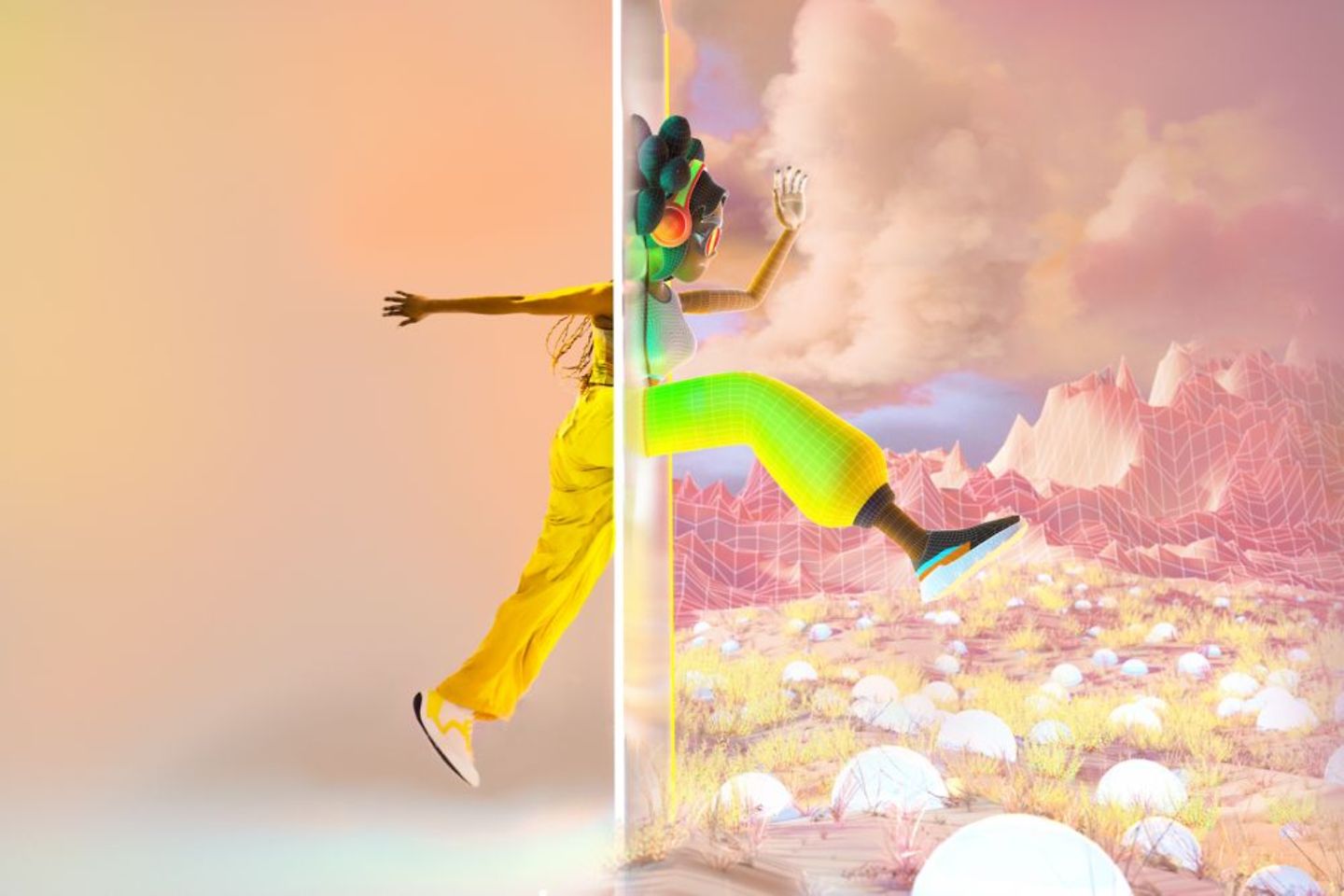
No doubt: AI improves processes with smart automation and data-driven insights. The potential is clear, but shifting to an AI-driven enterprise requires thorough readiness. It’s time to rethink the status quo and initiate your AI transformation. Partner with T-Systems, a trusted ally in end-to-end AI expertise, for a seamless AI journey and success.
AI is not just hype – our AI solutions are already delivering results for many of our clients. Discover how they benefit from AI’s power, driving business growth, enhancing customer satisfaction, and improving efficiency. Don’t wait – start your AI journey now and turn your imagination into reality.
Seamless integration from concept to deployment, streamlining processes, minimizing complexities, and unleashing maximum al potential: T-Systems’ holistic AI strategy ensures a seamless integration of AI across all stages. With this T-Systems’ E2E approach and expertise enterprises can embrace the entire spectrum of AI implementation and set the foundation for sustained innovation, heightened efficiency and success. T-Systems is your reliable partner for making your enterprise AI-ready!
AI is not just another technology. Their development is not linear, and their influence is far from over. That is why it is necessary to rethink AI. How we use AI for the benefit of people and the planet. It starts with us developing and training AI responsibly according to ethical standards and using it in a human-centric way as an extension of human skills and decision-making. Human-centric also means that the results initiated by AI are always finally checked and controlled by humans. This is the only way to reduce risks and implement transformation projects into a sustainable AI-supported company.
The database on which they are based is decisive for the quality of AI-supported solutions and results. Data and data-based work are deeply anchored in the DNA of T-Systems and this expertise is also reflected in our pioneering role in data-driven innovations such as Data Spaces, Catena-X and Gaia-X. To exploit the full potential of data and AI, we act with foresight and recommend companies take a holistic approach. To do this, we show them ways of integrating data- and AI-based results into their strategies, processes and decision-making processes and support them in developing a strategic roadmap to use AI responsibly and in a human-centric manner. In this way, we enable companies from a wide range of industries to achieve the greatest possible benefit for their business in the long term.
Only with a clearly defined strategy can the change to a real AI-enabled enterprise succeed. The focus must then be on a transformation that always takes data protection and data security into account and enables companies to make data-driven decisions and drive innovation responsibly. A real AI-supported company also makes it possible to optimize processes, improve customer experience and better achieve your own sustainability goals.
T-Systems offers the right know-how for the transformation to an AI-supported company. The ethical AI guidelines set up by Telekom also apply at T-Systems, which define how we use Artificial Intelligence and how we develop our AI-based products and services.
Experience the transformative power of AI with the comprehensive range of solutions from T-Systems. Our general AI stack provides consulting services for industries such as automotive, public sector, healthcare, transportation, supply chain management, human resources, manufacturing, sales, marketing, and retail. We offer tailor-made solutions for customer-specific requirements, such as computer vision, NLP, and generative AI, all built on proven AI platforms and scalable cloud infrastructure. Our solutions like the AI Solution Factory and the Telekom Data Science Platform enable seamless AI training and development and easy deployment on cloud platforms.